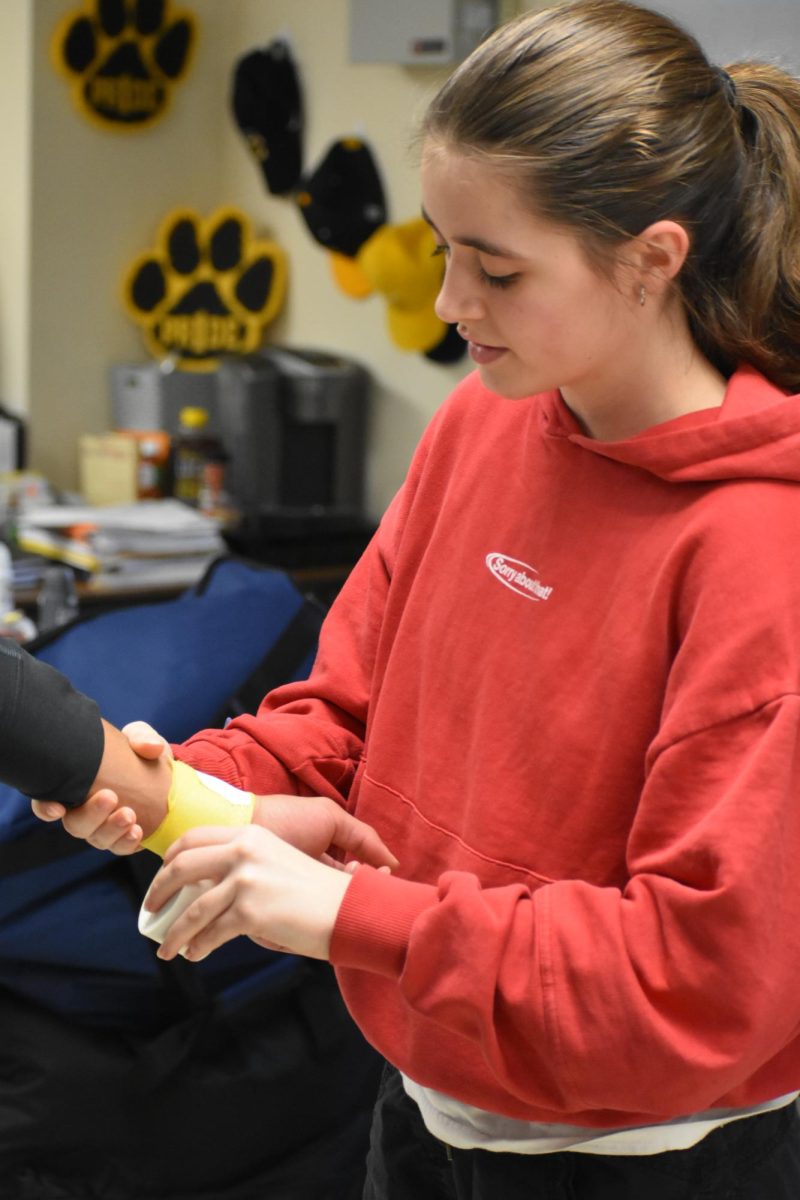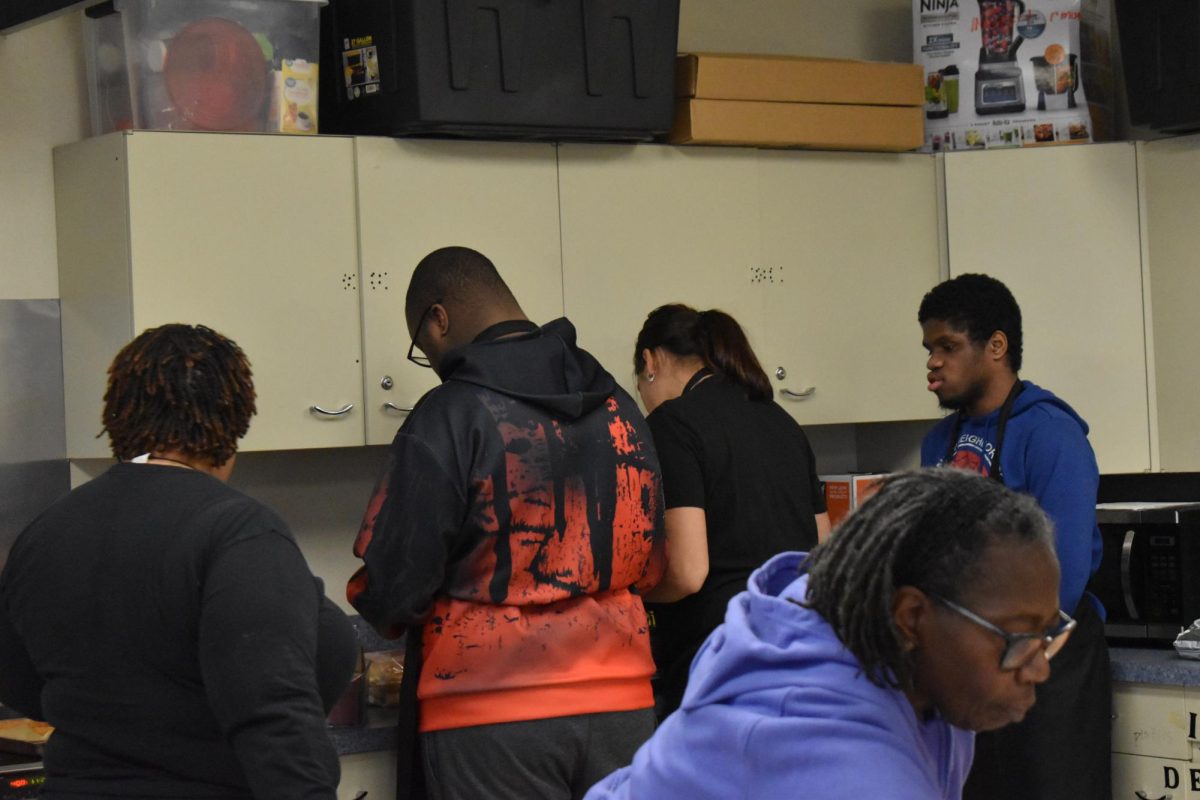Between classes, at lunch or even after school, there is barely time to think about eating healthy, especially when the lines in the cafeteria are massive and usually take more time than needed. It’s tempting for students to go the quick and easy route of grabbing an adolescent favorite like Hot Cheetos, Cheese Ruffles, Nacho Cheese Doritos or candy.
According to the St. Louis Post-Dispatch, “Sweeping changes to food sold in schools were prompted by the Healthy, Hunger-Free Act passed in 2010. The legislation aimed to reduce America’s childhood obesity epidemic and lifelong health risks by improving access to nutritional meals. New rules increased the servings of fruits and vegetables and set requirements on the amount of whole grains, calories, fat and sodium in food.”
Along with school districts around the St. Louis area, U. City has conformed to national nutritional standards and replaced all products in the vending machines with snacks full of fiber and whole grain. In fact, soda machines are now completely filled with diet sodas with 50 calories or less.
Najah Weekly, senior, splits her days by attending U. City in the morning and North Tech in the afternoon. She usually rushes to beat the crowd in the cafeteria on her way out to North Tech.
“During three years at U. City it has always been the same,” said Weekly. “I walked into the cafeteria and I was surprised not to see the vending machine crowd, but when I took a look my mind just changed because healthy snacks were [previously] not the norm.”
According to BagTheJunk.org, at the start of the 2014-15 school years, all foods sold in school cafeterias, including the vending machines, have to meet national nutritional standards. The changes in the vending machine went from junk food to “smart food.” Smart food is snacks that are proven to help children grow and focus more in school. Prior to publishing the smart snack mandate, 39 states already had this nutrition standard in place. Along with 83.7% of school districts, U. City has taken the healthy route, according to the National School Board.
Along with the new foods comes higher prices which are not directly proportional, or at least that’s the way it appears according to junior Alonzo Jenkins. He said it appears that students are getting less for more money.
“On days when running out of the house I have little time to actually pack my lunch,” said Jenkins. “The changes are necessary but it’s not the school’s job to change our diet.”
Students are buying less food at school, so it is not clear if they are really becoming less attached to fatty, unbalanced and oversized foods.
Mr. Maclin, principal, is not really worried about the profit loss from decreased sales because he considers eating healthy more important.
“There was a financial decrease, but training kids to eat healthy from an early age helps in the long run for them to grow and focus more in school,” said Maclin. “Even though the income from the vending machine decreased, they will adapt.”
Adolescents are all about fried food and taking the easy way out. When the vending machine went from fried chips to baked, Mr. Tuegel, health teacher, did not worry about the state of the vending machines but that students will continue to eat unhealthy foods outside school.
And it appears many students are simply bringing more junk food from home instead of using the vending machines. In fact, some students are trying to sell unhealthy snacks at school.
“You can change the foods in the school, but you can’t change the students,” said Tuegel.
































